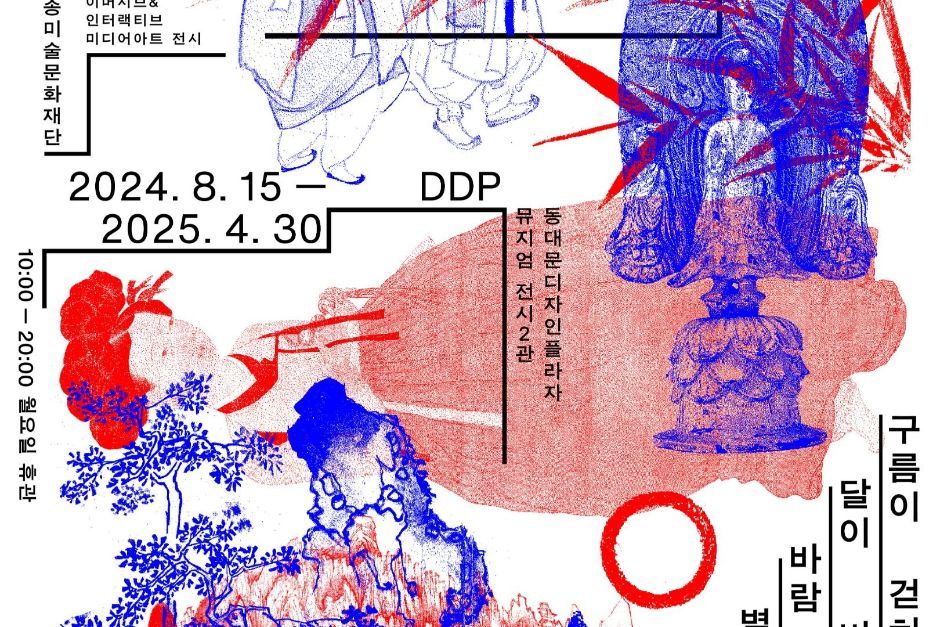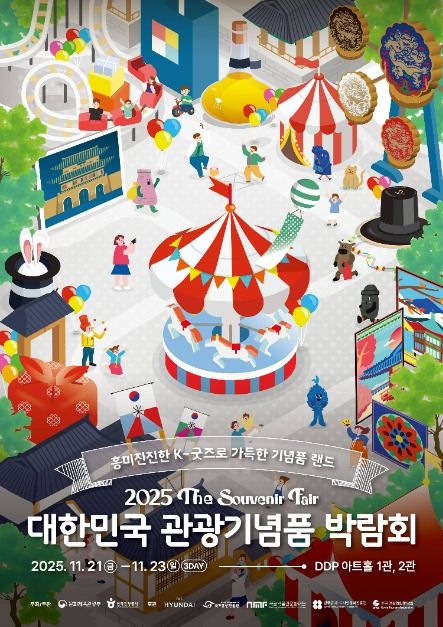Issey Miyake - The Shilla Hotel Branch [Tax Refund Shop] (이세이미야케 신라호텔)
3.0Km 2024-04-18
249, Dongho-ro, Jung-gu, Seoul
-
Artbox - Ewha Womans Univ. Branch [Tax Refund Shop] (아트박스이대점)
3.0Km 2024-04-19
7, Ewhayeodae-gil, Seodaemun-gu, Seoul
-
Artbox - Ewha Womans Univ. Branch [Tax Refund Shop] (아트박스 이대)
3.0Km 2024-04-17
7, Ewhayeodae-gil, Seodaemun-gu, Seoul
-
Seoul Hyochang Park (서울 효창공원)
3.0Km 2024-07-09
177-18 Hyochangwon-ro, Yongsan-gu, Seoul
+82-2-2199-7608
Hyochang Park covers 122,245 square meters spanning across Hyochang-dong and Cheongpa 2-dong. It is a historic landmark that once contained several royal tombs, and was known at that time as Hyochangwon. The cemeteries that were originally located in Hyochangwon belonged to Crown Prince Munhyo, King Jeongjo’s first son who died at the age of five; Royal Noble Consort Uibin of the Seong Clan, King Jeongjo’s royal concubine and Crown Prince Munhyo’s mother; Royal Noble Consort Sugui of the Park Clan, King Sunjo’s royal concubine; and her daughter Princess Yeongon. The royal tombs were moved to Seooreung Tombs in the waning months of the Japanese colonial period. The Japanese empire began the development of Hyochangwon into a park in 1924, and the Japanese governor-general officially assigned the site as a park in 1940.
Presently, several of Korea’s greatest leaders are buried in Hyochang Park. The remains mostly belong to independence activists including Yoon Bong-gil, Lee Bong-chang, and Baek Jeong-gi, whose graves are collectively known as Samuisa Tomb. A statue of Lee Bong-chang has been built in the graveyard. Among the other patriotic martyrs who are interred in the park are Kim Gu and some of the key figures of the provisional government such as Lee Dong-nyeong, Cha I-seok, and Cho Seong-hwan. An ancestral shrine named Uiyeolsa has been built along the main gate and holds the portraits of the deceased independence activists.
Queens Bucket - Dongdaemun Branch [Tax Refund Shop] (쿠엔즈버킷 동대문)
3.0Km 2024-04-18
5-4, Toegye-ro 64-gil, Jung-gu, Seoul
-
CAPO FOOTBALL STORE[Korea Quality]/카포 풋볼 스토어[한국관광 품질인증]
3.1Km 2024-08-20
282 , Eulji-ro, Jung-gu, Seoul
+82-10-8922-7981
Located in Eulji-ro, Jung-gu, Seoul, Capo Football store is the largest football store in Korea. It stocks football boots of various levels, plus fan wear, uniforms, and training wear. On the 5th floor, a customer lounge provides free coffee, a football book cafe, a PlayStation for enjoying FIFA games, table soccer, and an exhibition of capo collections.
Innisfree - Ewha Womans Univ. Station Exit No. 1 Branch [Tax Refund Shop] (이니스프리 이대역1번출구)
3.1Km 2024-04-22
1F, 175, Sinchon-ro, Seodaemun-gu, Seoul
-
When the clouds clear, the moon shines, the wind blows, and the star shine (구름이 걷히니 달이 비치고 바람 부니 별이 빛난다)
3.1Km 2024-11-25
281 Eulji-ro, Jung-gu, Seoul
+82-1511-1938
"When the clouds clear, the moon shines, the wind blows, and the star shine" is the first immersive media art exhibition by Kansong Art & Culture Foundation, presenting traditional Korean art, the foundation of K-culture, with a modern flair. Iconic traditional works like Miindo, A Beautiful Woman by Sin Yun-bok and Gwandong Myeongseungcheop by Jeong Seon, are reinterpreted using graphic motion, LiDAR sensors, and kinetic art. Each exhibition room features a unique scent and sound effect, offering a multi-sensory experience to visitors.
The Souvenir Fair (2025 대한민국 관광기념품 박람회)
3.1Km 2025-10-27
281 Eulji-ro, Jung-gu, Seoul
+82-10-8315-5434
The Souvenir Fair brings together various companies and local governments to showcase a variety of souvenirs, both traditional and trendy. Visitors can freely explore the exhibition space, enjoy souvenir shopping, and take part in various programs. Highlights of the fair include an exhibition of competition-winning works, a zone featuring outstanding local souvenirs, and a special exhibition of overseas souvenirs.
CheongKwanJang - Ewha Womans Univ. Station Branch [Tax Refund Shop] (정관장 이대역)
3.1Km 2024-04-22
1F, 173, Sinchon-ro, Seodaemun-gu, Seoul
-
![Issey Miyake - The Shilla Hotel Branch [Tax Refund Shop] (이세이미야케 신라호텔)](http://tong.visitkorea.or.kr/cms/resource/54/2890154_image2_1.jpg)

![Queens Bucket - Dongdaemun Branch [Tax Refund Shop] (쿠엔즈버킷 동대문)](http://tong.visitkorea.or.kr/cms/resource/47/2878747_image2_1.jpg)
![CAPO FOOTBALL STORE[Korea Quality]/카포 풋볼 스토어[한국관광 품질인증]](http://tong.visitkorea.or.kr/cms/resource/88/2591988_image2_1.jpg)
![Innisfree - Ewha Womans Univ. Station Exit No. 1 Branch [Tax Refund Shop] (이니스프리 이대역1번출구)](http://tong.visitkorea.or.kr/cms/resource/85/2888885_image2_1.jpg)


 English
English
 한국어
한국어 日本語
日本語 中文(简体)
中文(简体) Deutsch
Deutsch Français
Français Español
Español Русский
Русский